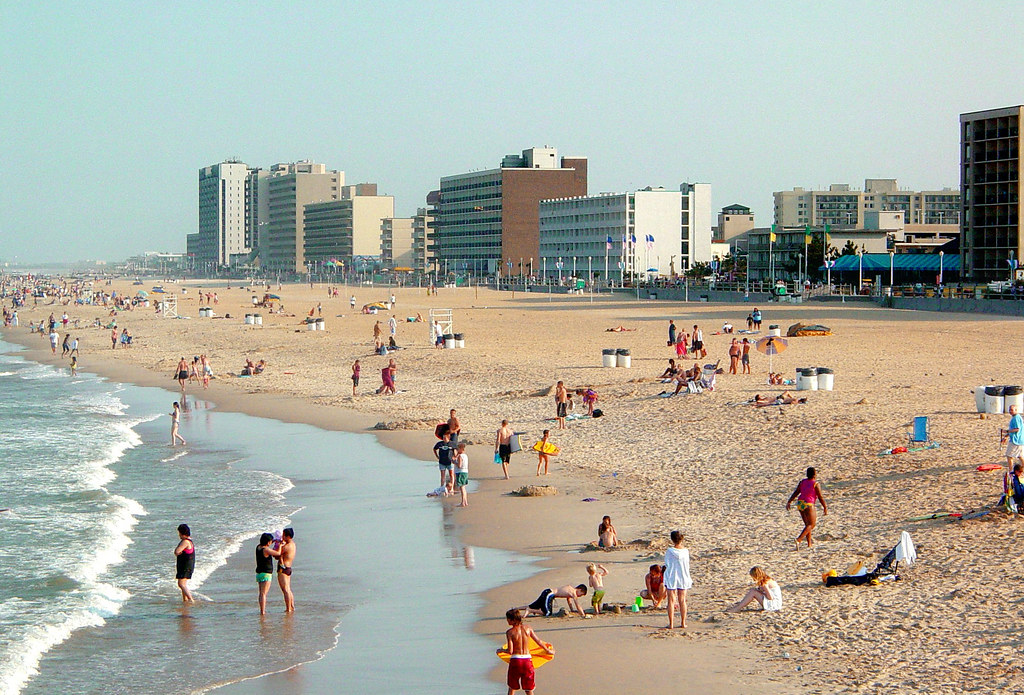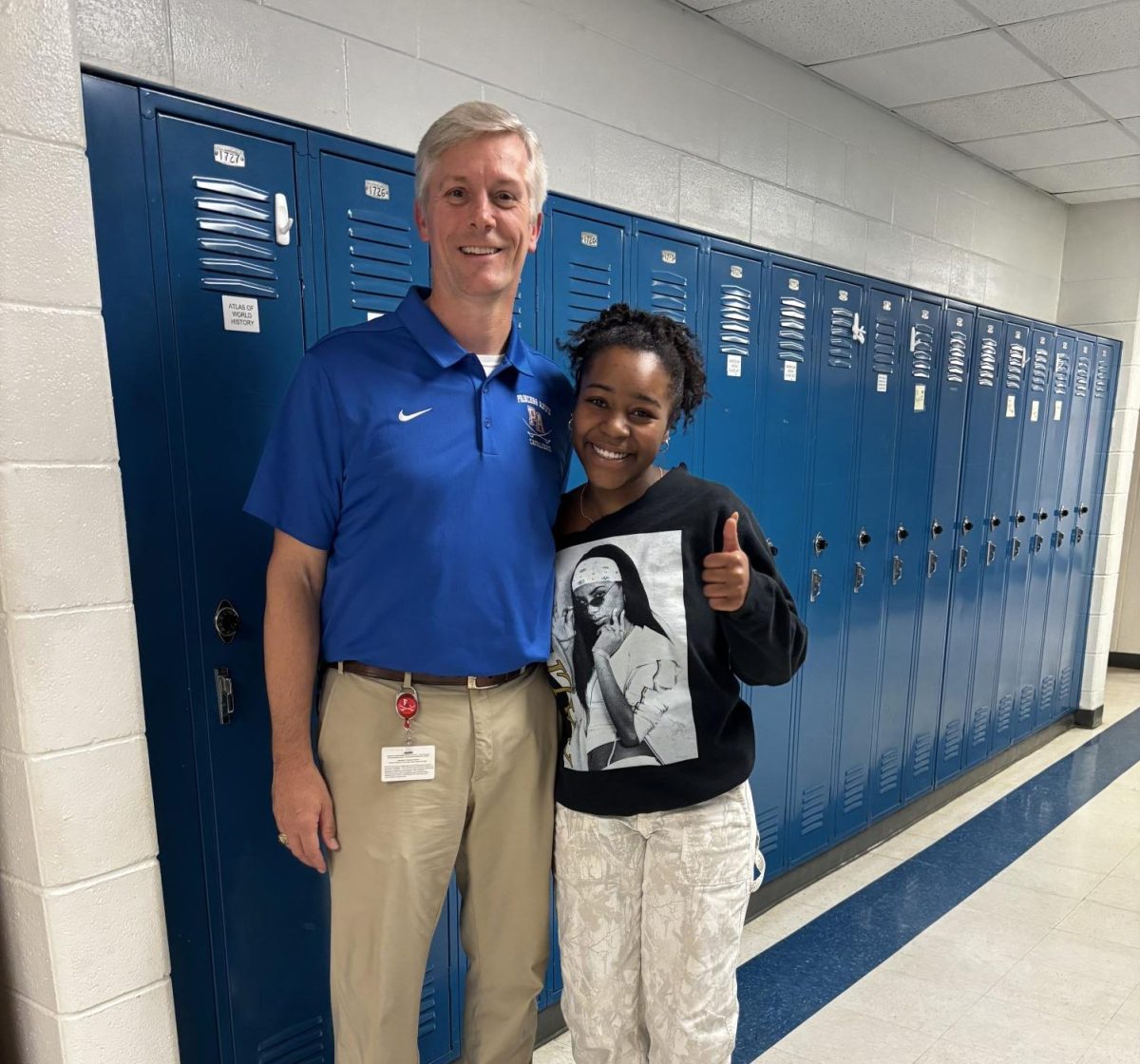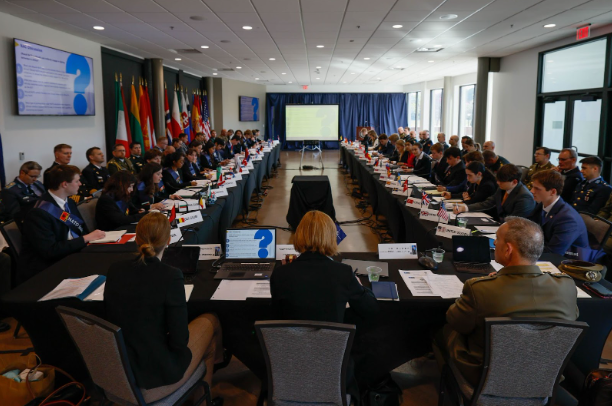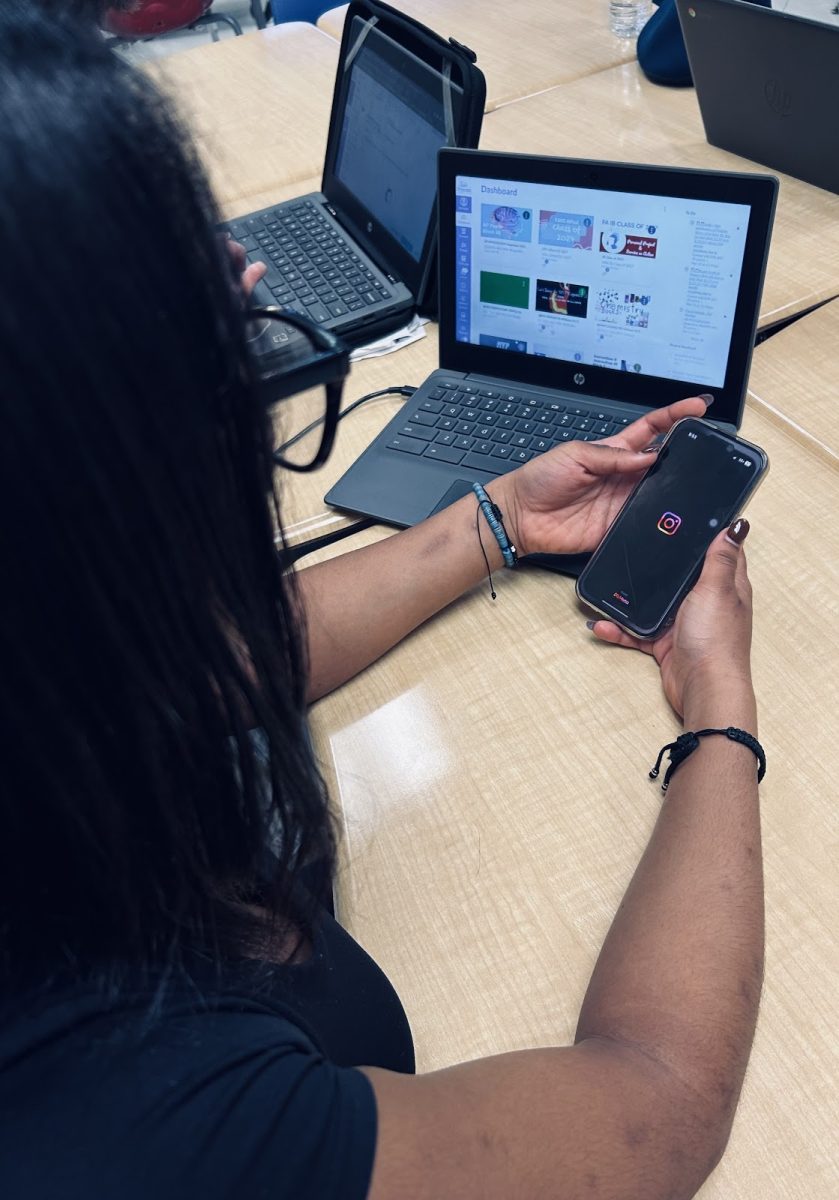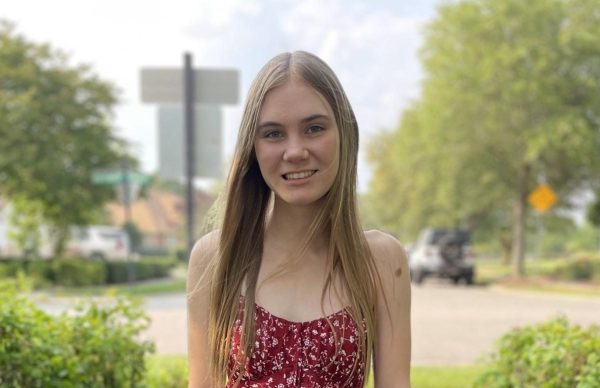PA’s International Baccalaureate Program (IB) has added two new classes to their course offerings this year: MYP Physics and DP Sports, Exercise, and Health Science SL. Two teachers stepped up to the plate this past fall to see what these new curriculums have in store for their students.
Currently, the IB Program at the high school level is divided between the underclassmen and upperclassmen into the Middle Years Program (MYP) and the Diploma Program (DP). IB Coordinator Jamie LaCava-Owen moved to expand the program with collegiate requirements in mind.
Before this year, Physics was a course only offered in IB at the DP level. LaCava-Owen explained that students who took the course in the DP program felt that they needed more of a foundation in the subject before taking it at a higher level. “Recently, within the past five years, a lot of our state colleges like UVA and Virginia Tech have required that we have Physics,” said LaCava-Owen. “So, we wanted to make sure that we were giving students a successful pathway to get into Physics at the university level.”
UVA’s physics department states on their website, “It is our belief that everyone can contribute to the development and dissemination of scientific knowledge and that physics can inform and enlighten anyone, scientist and non-scientist alike.”
Science teacher Christopher Smead teaches every section of Physics at PA, including Core Physics, AP Physics, IB Physics SL, and now MYP Physics. Smead discussed how the new MYP class differed from his other sections: “We add more projects to the MYP curriculum than we would in regular physics because we don’t have to take a test at the end of the year. It gives us a little more flexibility in terms of the actual activities that we do that are part of the lessons in the units that we do, and so we’ve added more projects, like the putt-putt boat project.”
Some of the areas of physics Smead describes the project focuses on are “thermodynamics because [the boats] are powered by a candle, fluid mechanics because they move through water and they’re simple machines too because they convert one energy source into another.”
Smead emphasized the value of adding the new course, saying, “I think it’s going to have a huge impact on the DP program as well by adding the MYP piece to the whole sequence.”
Smead added that he has thoroughly enjoyed teaching the MYP students this year who he has seen to be a very collaborative, curious bunch with well-developed research skills. “I have loved it, it has added a new dimension to teaching physics because the students come in with a different background than the students that I’m used to,” Smead pointed out. “They’re younger, they’re generally 9th and 10th graders, and they have a love of learning that is fresher than those of the older students that I’m used to.”
In addition to MYP Physics, DP Sports, Exercise, and Health Science was added to the IB elective list. There are many IB courses that the global IB program offers, but PA can only offer a percentage of them because of limited resources. LaCava-Owen explained that a former student was interested in the sports exercise class and expressed his interest in taking it, but it was not able to be added in person at the time. She explained that although the class was not added until this school year, there was “a great deal of interest [in the class] right off the bat. Adding that Exercise Science class is another STEM class…so that’s going to help enrich different elements of our STEM program here.”
Teacher of the course Kalie Iacobucci explains that the course includes topics to do with sports psychology, holistic wellness, and science of movement in sports.
The course also includes a great deal of interactive activities, Iacobucci describes. “It kind of depends on what we’re [learning]. We’ve done things like gummy bear dissections, we’ve done full workouts where they have to analyze muscle contraction and muscle movement. We’re getting ready to do a wonderbike activity where they’re going to have to make their own smoothie with a bike.”
Iacobucci explains that thinking and research skills are the elements of the IB approaches to learning that the class focuses on the most. “There’s a global component to it which I think can be improved upon though; I think we need to be able to have more conversations about how the subject matter may be different for different people, from different populations, and we need to have more conversations about that,” Iacobucci added.
Smead describes that time has been a limiting factor to the MYP course. For students in MYP Physics who are planning on going on to Higher Level Physics, if it becomes offered at PA within the next couple of years, those students will be taking three years of physics. “These students are curious people with global-minded ambitions and it’s hard to ask them to specialize in physics for three courses where they have so many other interests and only a limited amount of time. I wish that the time wasn’t our limiting factor and I wish that we could structure it in a way that gave them opportunities to take physics and still have the exposure that they deserve to the other topics, and to the other ways to contextualize their new knowledge,” Smead said.
LaCava-Owen acknowledged that problems will most likely arise with the classes and have to be solved. “As with anything new, it’s trial and error. You learn best by doing. I have told teachers that…a foundational skill for your classroom [is] teaching students [to] learn best by doing, and sometimes that means failing, and sometimes that means thriving. The teachers of these classes are going to be the same,” LaCava Owen said. “They just have to be immersed in it and they will know how to make changes for next year…it’s going to take about five years for them to settle on what kinks need to be worked out, and I always try to remain a resource.”




